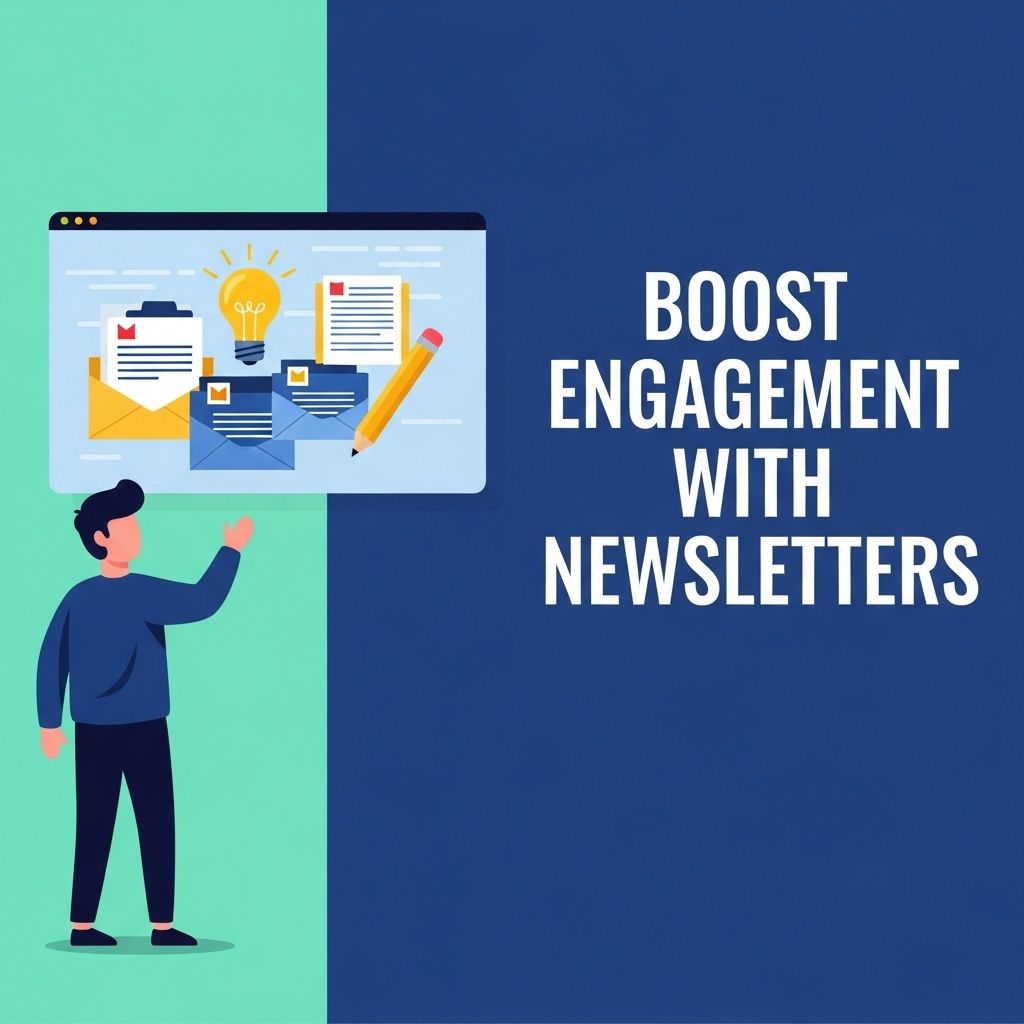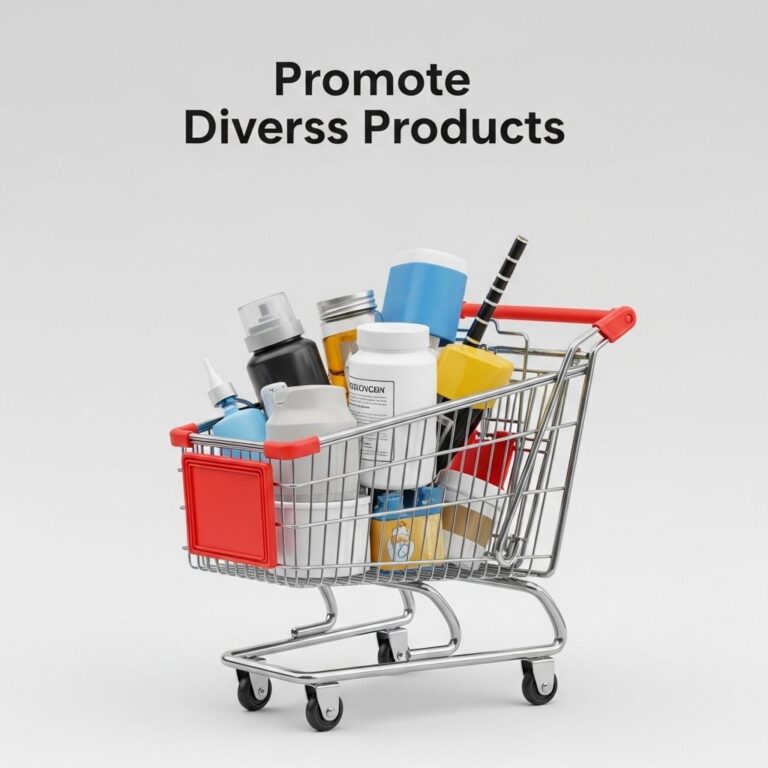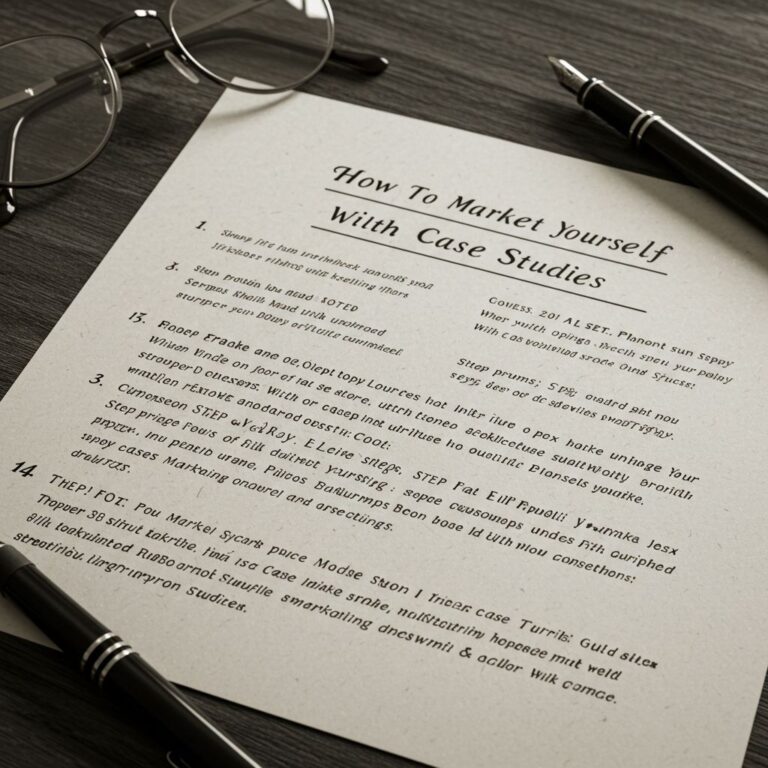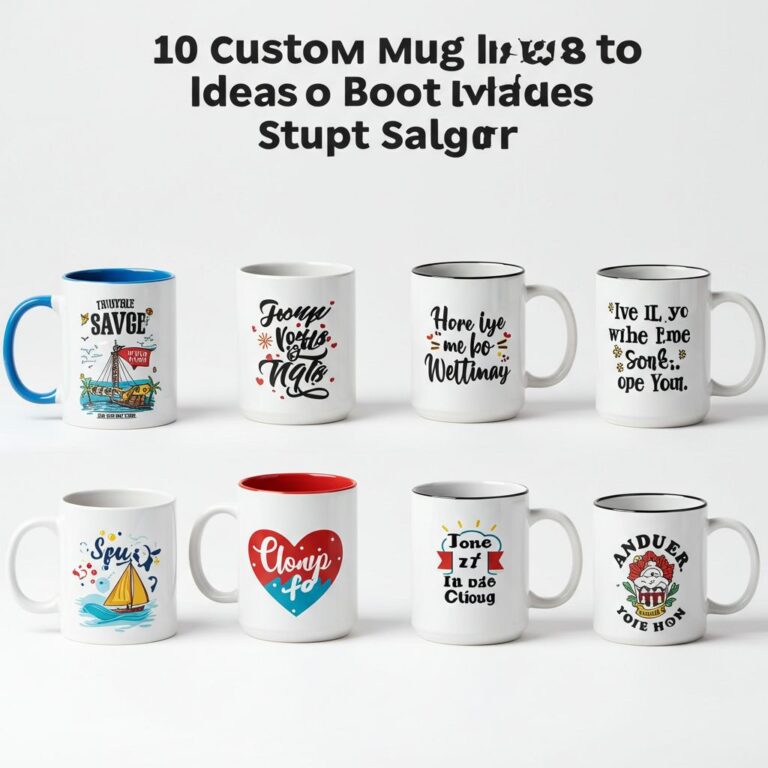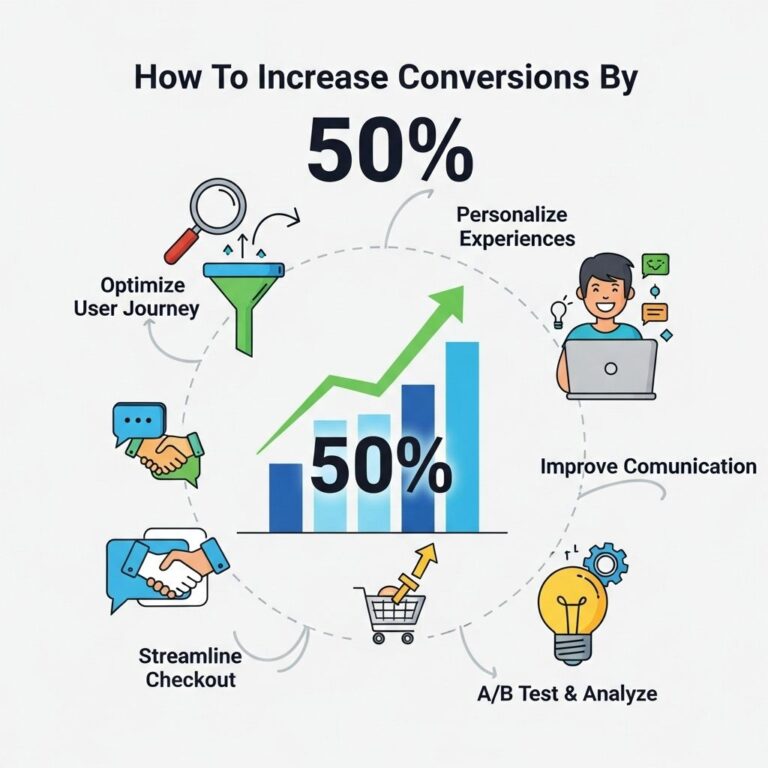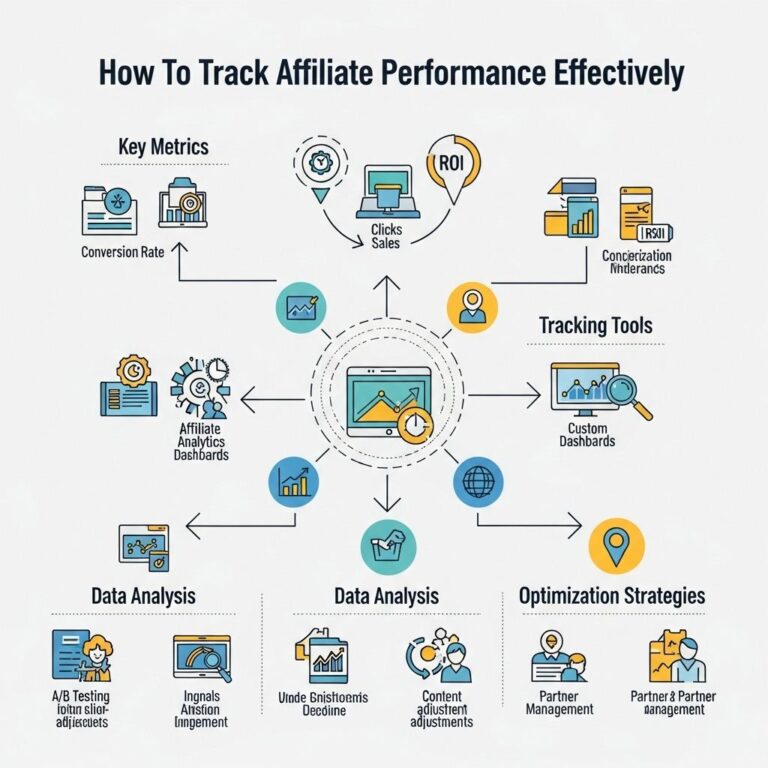Email newsletters remain one of the most effective ways to connect with your audience, share updates, and drive engagement. With a myriad of choices at your disposal, crafting a newsletter that resonates can be a daunting task. It’s essential to not only inform but also engage your readers through compelling content and well-thought-out strategies. In this article, we will explore innovative ideas and best practices to boost engagement with your newsletters.
Table of Contents
Understanding Your Audience
Before diving into content creation, it’s crucial to understand who your audience is. Knowing their preferences, interests, and demographics can impact your newsletter’s success. Here are some methods to better understand your subscribers:
- Surveys: Periodically send out surveys asking for feedback on content preferences.
- Analytics: Use analytics tools to assess the open rates and click-through rates of previous newsletters.
- Segmentation: Segment your audience based on behaviors and interests to tailor content for different groups.
Creative Content Ideas
Now that you have a clearer picture of your audience, consider these content ideas to enhance engagement:
1. Expert Interviews
Feature interviews with industry experts or thought leaders. This not only provides valuable insights to your readers but also adds credibility to your newsletter.
2. Curated Articles and Resources
Share a selection of articles, tools, or resources that are relevant to your audience. Curating content saves your subscribers time while positioning you as a valuable resource.
3. Behind-the-Scenes Insights
Give your audience a sneak peek into your company or the day-to-day operations of your business. This humanizes your brand and builds trust.
4. Tips and How-To Guides
Short, actionable tips or step-by-step guides can serve as a great way to provide value. Break down complex topics into digestible segments.
5. User-Generated Content
Encourage your audience to contribute content, whether it’s testimonials, case studies, or photos. Highlighting user content fosters community engagement.
Designing for Impact
The design of your newsletter plays a crucial role in capturing attention and facilitating engagement. Here are some best practices:
1. Responsive Design
Ensure that your newsletter is mobile-friendly. A significant percentage of users access their emails on mobile devices, so optimizing for different screen sizes is crucial.
2. Clear and Concise Layout
Use a clean layout with plenty of white space. This makes it easier for readers to skim through the content.
3. Engaging Subject Lines
Your subject line is the first impression of your newsletter. Make it catchy yet informative. Here are some quick tips:
- Use action-oriented language.
- Include a sense of urgency.
- Personalize whenever possible.
Strategic Call to Actions (CTAs)
Including effective CTAs in your newsletter can significantly boost engagement. Here’s how:
1. Placement
Position your CTAs within the body of the newsletter where they make sense. Avoid placing all CTAs at the bottom and consider using multiple CTAs throughout.
2. Types of CTAs
Experiment with different types of CTAs based on your goals:
| Type | Purpose |
|---|---|
| Link to a blog post | Drive traffic to your website |
| Download a guide | Generate leads |
| Sign up for an event | Increase attendance |
Tracking and Analyzing Performance
After implementing new ideas, it’s essential to measure the performance of your newsletters. This will help you understand what works and what doesn’t:
1. Key Metrics
Pay attention to these essential metrics:
- Open Rate: Percentage of recipients who open your newsletter.
- Click-Through Rate (CTR): Percentage of users who click on a link within your newsletter.
- Conversion Rate: Percentage of users who take the desired action after clicking.
2. Tools for Analysis
Consider using tools like:
- Google Analytics
- Mailchimp Reports
- Sendinblue Analytics
Consistency is Key
Regardless of the content you choose to share, consistency is vital. Establish a publishing schedule that works for you, whether it’s weekly, biweekly, or monthly. Stick to it, so your audience knows when to expect your newsletter.
Conclusion
Boosting engagement with newsletters requires a combination of understanding your audience, creating valuable content, smart design choices, and consistent analysis. By implementing the strategies discussed in this article, you’re well on your way to crafting newsletters that not only reach inboxes but also resonate with readers, driving engagement and fostering a loyal community.
FAQ
What are effective strategies to boost engagement with newsletters?
To boost engagement with newsletters, focus on creating valuable content, segmenting your audience for targeted messaging, using eye-catching designs, including clear calls-to-action, and encouraging reader interaction through polls or feedback.
How can I make my newsletter content more appealing?
Make your newsletter content more appealing by using engaging headlines, incorporating visuals, personalizing content for your audience, and providing exclusive offers or insights that are relevant to your readers.
What types of content should I include in my newsletter?
Include a mix of content types such as industry news, tips and how-tos, customer stories, product updates, and curated resources that resonate with your audience’s interests.
How often should I send out newsletters to maintain engagement?
The frequency of your newsletters should depend on your audience’s preferences, but generally, sending them bi-weekly or monthly tends to keep readers engaged without overwhelming them.
How can I encourage readers to share my newsletter?
Encourage readers to share your newsletter by including social sharing buttons, creating shareable content, and incentivizing referrals through contests or exclusive content for those who share.
What tools can help improve my newsletter performance?
Use email marketing tools like Mailchimp, Constant Contact, or Sendinblue to track performance metrics, A/B test subject lines, and automate your campaigns for better engagement.

